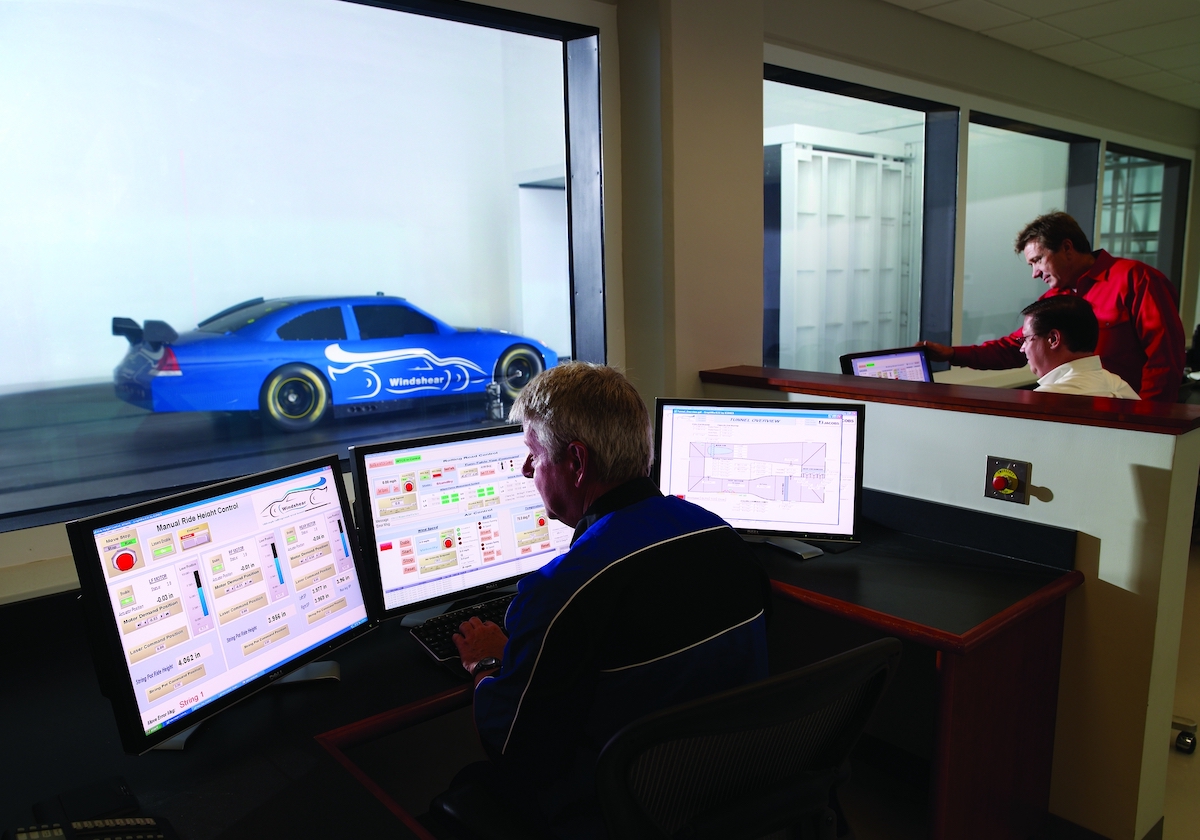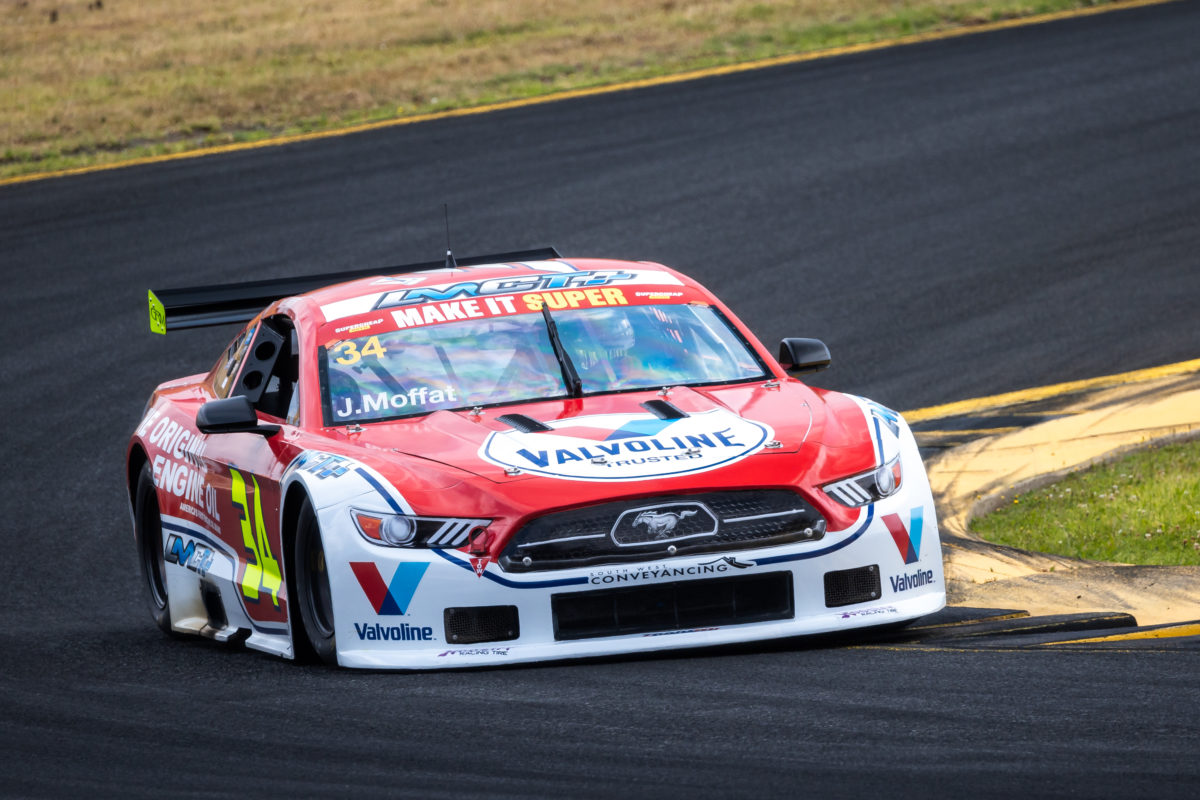

Despite what some esteemed readers may think from time to time, this column never sets out to criticise Supercars unless I feel that there’s good reason.
The success of Supercars as the leading motorsports category in the country is essential in maintaining a professional, world class, platform for the thousands of people whose livelihoods depend upon it, let alone in giving the fans a great product to watch.
Hence, I am only too ready to congratulate Supercars when they get things right. Unfortunately, they’ve got some things wrong this year and that’s made them into a target, for good reason.
Today, I have to say that I take my hat off to the category, and the shareholders of RACE as the owners, for having the guts to invest in the wind tunnel testing programme that will unfold next month in the USA.
And, rather than write about speculative costs that don’t have any foundation, I’ll tell you what the exercise will really cost to execute.
RACE, as their 2022 filed accounts have shown, haven’t had an easy ride financially so far since they bought Supercars at the back end of 2021. So, all the more reason to thank them for being willing to spend the dollars on taking two cars over to the Windshear wind tunnel in North Carolina.
Whilst the trip won’t be cheap, the real costs are nothing like some of the figures that have been bandied about in recent days.
Supercars will spend around AUD 800,000 on air freighting a Mustang and a Camaro there and back, the wind tunnel time itself and all the other logistical inputs needed to carry out an effective programme.
In addition to this, the two Homologation Teams will each have expenses of around $150,000 to cover their own preparation of parts and logistics. Their collective commitment to this can also be neither underestimated nor taken for granted.
Yes, this expenditure is considerably more than an Australian, airfield based, VCAT test. But, if it gets rid of the noise around aero parity (which it must), then it will have been worth the money.
I have no idea as to why some paddock folks seem to want to suggest to journalists that the testing is going to cost up to $6 million. It isn’t. It’ll roll in somewhere around the million-dollar mark. So, let’s move on.
Over many years, the category has managed to manage aero parity through airfield based VCAT testing. Now, we’re in an era where there are almost no differences between the cars. Teams can no longer have their own engineering inputs into the cars leaving just set-up and tyre management as the only variables beyond drivers.
Hence, with such a platform, there’s the need for even the smallest differences between competing models to be eliminated.
As the two Homologation Teams and Supercars personnel make the trip over to the USA, I really hope that everyone (Supercars, teams, and manufacturers) has signed up to two vital points:
- Firstly, stick with the principles of Gen3 and do not add more downforce to the cars. Whichever of the two models has the least downforce should be the ‘control’ and then match it with the other car. The last thing that we all need is gradual slippage towards more downforce. I’ve heard some unfortunately misguided talk recently about adding downforce and that makes me very wary. Equalise drag and downforce around the lowest downforce configuration that’s practical.
- Secondly, once this test is complete and signed off by the three relevant parties, being the two Homologation Teams and Supercars, then the aero parity book is closed. This tunnel, and the methodology used in running it, is world’s best practice. Both Ford and GM know the tunnel and its workings intimately. If everyone involved can see that the figures are true and correct, then accept them and get on with life regarding aero parity.
If I were Supercars, I’d be very clearly explaining all of this to the fans, the sponsors, and the wider public, so that they understand the commitment that the owners are making to the category, and laying down the ground rules. Unfortunately, to date, they’ve allowed a vacuum to exist and subsequently be filled with inaccurate and sensationalist dollar figures rather than facts.
On another note entirely, last week saw the handing down of the findings of a Motorsport Australia Appeal Tribunal over a Trans Am Series matter.

I don’t wish to comment at all on the actual findings. What I do want to say is that there was what appears to be a barely credible lack of adherence to the Motorsport Australia rules in potentially giving the appellant leave to appeal the original findings (rather than just the recent decision on penalty alone) of the first Tribunal some weeks earlier.
This was followed by these latest findings themselves being published (and they are available for all to see on the MA website) late last week in a form that smacks of a lack of respect for our sport and our regulations.
If you take the trouble to read these findings, you’ll notice several, quite breathtaking omissions.
- Firstly, the Terms of Reference for the Appeal Tribunal (which are typically laid out for the Tribunal by the CEO of MA) are not presented as a prequel to the findings themselves as is normal practice. Was this because the Terms of Reference included a right for the Tribunal to rehear the original case (rather than just the penalty) despite the lapse in time for an appeal to be made? This omission doesn’t help portray the idea of a properly transparent judicial system.
- Secondly, it’s not clear at all from the findings as to when the Appeal morphed into an appeal into the original case rather than purely an appeal against the penalty imposed. Surely, if the complete case was being reheard then the findings should clearly state when the Tribunal had heard enough to make that call? And then possibly given all parties the opportunity to prepare for such?
- Finally, anyone reading these findings would have no idea who conducted the Appeal Tribunal. Standard practice is not only to lay out the composition of the Tribunal in the preamble, but also for each participant to clearly sign the findings. Why has MA even accepted the findings without this content?
Some people might view these omissions as a lack of due care and attention to the case in hand. I’m not sure, but they certainly don’t sit well with me given the time and effort that I personally, along with Greg Crick and Steven Richards, not only put into a Tribunal on another Trans Am matter earlier this year, but also into the presentation of the findings.
All the above makes me seriously question whether the current MA judicial system is working for the benefit of the licence holders.
Which leads me to the fact that this week we welcome a new CEO into the driving seat at Motorsport Australia, namely Sunil Vohra.
Sunil is a genuine competitor at a state level in his Porsche 911 and therefore can understand the sport from a licence holder’s perspective.
It’s time for change at MA in so many ways and I, for one, wish him all the best in the role.
He’s hopefully the breath of fresh air that’s much needed in Canterbury.


















